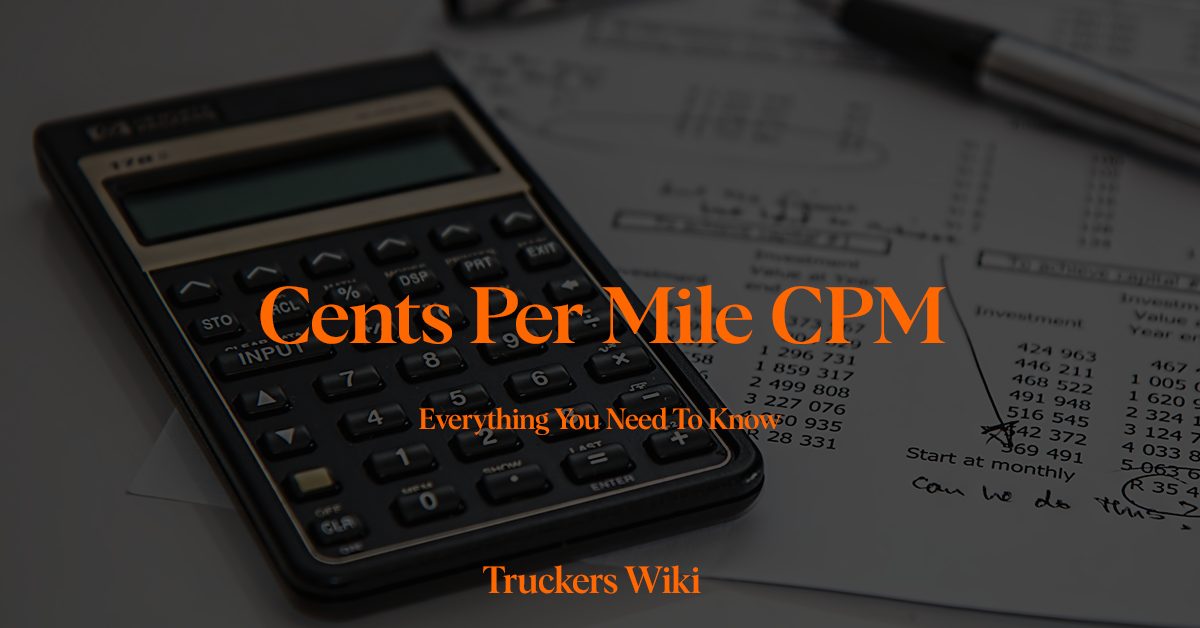
Table of Contents
What is Cents Per Mile CPM in Trucking
In trucking cents per mile or CPM is a common metric used to calculate a truck driver’s earnings or a trucking company’s revenue based on the number of miles driven. It represents the amount of money a driver or a trucking company earns for each mile that a truck is driven.
Learn more about Truck Driver Salary here.
How is CPM Calculated
The CPM calculation takes into account various factors, including the type of freight being transported, the distance traveled, and the compensation structure. Here’s how the CPM calculation works:
CPM = Earnings / Total Miles Driven
For example, if a truck driver earns $2,100 for driving a total of 3,500 miles, the CPM would be:
CPM = $2,100 / 3,500 miles = $0.60 cents per mile
It’s important to note that CPM can vary significantly based on factors such as the type of trucking job (OTR, regional, local), the type of cargo (dry goods, hazardous materials, refrigerated), the trucking company’s payment structure (base pay, bonuses, incentives), and prevailing market rates.
Accessorial charges are usually not included in CPM.
All Miles Paid Meaning
All miles paid means that both empty and loaded miles that the truck driver covers will be paid to him. Some companies only paid loaded miles, often offering higher CPM for loaded miles.
Variability in CPM
CPM can vary significantly due to a range of factors:
Type of Freight: Different types of freight have varying rates associated with them. For instance, hauling hazardous materials might offer higher CPM due to the specialized nature of the cargo.
Learn more about Freight here.Mileage: Longer distances generally result in higher CPM as drivers cover more miles, but it also depends on the rate offered per mile.
Experience and Skill: Experienced drivers or those with specialized skills (e.g., handling oversized loads) may command higher CPM rates.
Type of Hauling: Long-haul or OTR is most commonly structured in Cents Per Mile, whereas local and regional hauling may have daily or weekly rates due to the varying nature of these jobs.
Market Demand: CPM rates can be influenced by supply and demand in the trucking industry. High demand for certain types of freight can lead to increased rates.
Company Policies: Different trucking companies offer varying compensation structures, including base pay, bonuses, and incentives, which can affect CPM.
Current CPM for Different Types of Trailers for OTR Trucking 2023
Dry Van – 60CPM – 65CPM
Reefer – 60CPM – 70CPM
Flatbed – 70CPM – 85CPM
Hazmat Van – 70CPM
Team Run Dry Van – 85CPM

